
Moving impacts your entire family, and that includes your pets. Unlike bigger kids, romantic partners, and other adult family members, you can’t quite explain the logistics of a move to your pet. The good news is that there are many things you can and should do to help make their moving day experience as smooth as possible as they will need to adjust to a new environment.
Visit Your Vet
Whether your pet is a furry friend or has feathers, or scales, your vet should be your first stop for pet care before a move. Get a complete check-up to ensure vaccines and paperwork are up to date, allowing you to cross borders with your pet, and that your vet doesn’t have any concerns about your pet’s relocation. Make sure your pet has all their tags and is microchipped, if possible, as stressful situations like moves can sometimes cause even the calmest pets to flee. Sometimes older or more anxious animals thrive in a new home with other friends or relatives and do not endure a stressful move. Some vets can provide sedatives to allow a nervous pet to relax on long journeys but note that some pets react poorly to this type of medication, so use your best judgment.
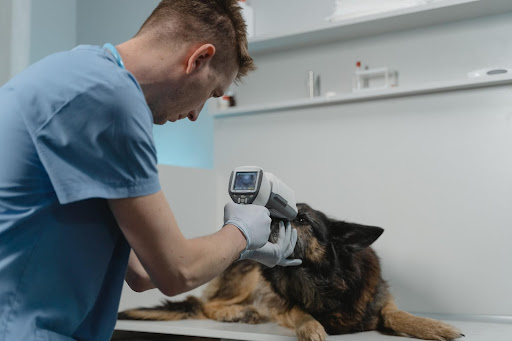
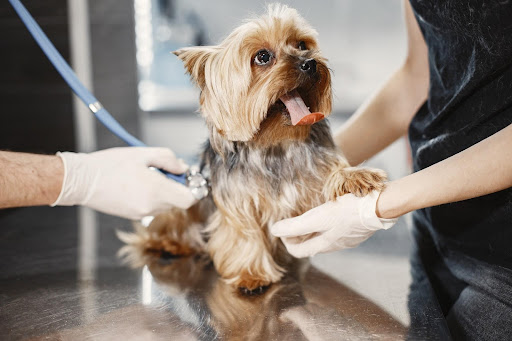
Research Pet Import Laws
Look into the pet import local laws where you are moving. Some locations have less restrictive rules that will allow you to bring your pet, so long as their shots are up to date, and they are microchipped. Other countries have bans on specific breeds of pets. For example, New Zealand has strict animal import rules and will not allow family birds, reptiles, and many other animals into their country. Other countries and regions such as Fiji, Hawaii, Japan, Malaysia, New Zealand, Iceland, Singapore, Taiwan, or if you are moving to Australia from Canada, will require your pet to quarantine for hours or days upon their arrival. Other countries only allow pets to arrive from specific countries, or only allow pets of a particular age range. Be sure to complete your research in advance, and if necessary, find another happy home for your pet if they are not allowed to make the move. Remember, as hard as the idea is of being separated from your pet, put their health and happiness first when making this critical decision about their and your family’s future.
Consider Hiring the Professionals
Professional pet transporter companies fly and drive your pets for you if you have the money in your moving budget, as they can cost around $2,500 USD for an international move for most animals. When using an international moving company to a country such as Japan, it can take a lot of time and paperwork to arrange this type of moving process, and it may be worth it to hire a professional to coordinate for you. A significant advantage of this service is that you have enough to worry about on move day, and they will be able to help you organize all your paperwork and troubleshoot any potential bumps in the road. Note that you will need to have all your veterinary records available to book this sort of service. Just be sure to make sure they are insured and check references and reviews before hiring a professional pet mover as well as any pet sitter.
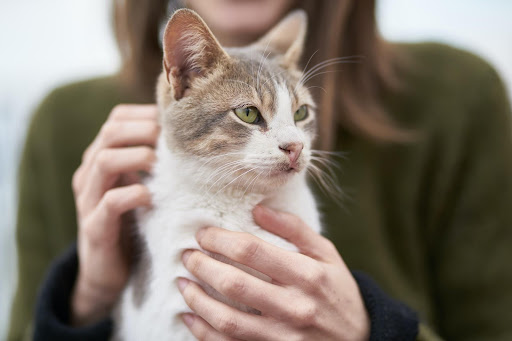
Selecting a Pet-Friendly Home and Neighbourhood
Whether your move is in the same school district, city, or even country (moving from Canada to France for example), check your new space to ensure it will work for your pets. Dog owners should look for yard space, solid walking routes, and a nearby dog park if moving to a new neighborhood. If you have older pets, consider and double-check if there is an area for them to be social without too many stairs and with easy access to their litter pan or an outdoor bathroom, especially when moving with pets to a new house the first few weeks.

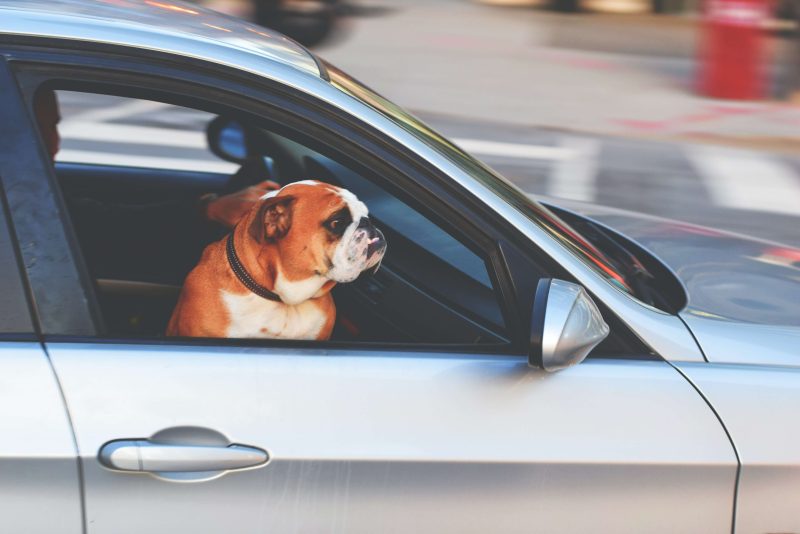
Planning for the Big Trip
Many pets don’t have much experience in crates or cars, try to get yours used to carriers and travel in the weeks before your trip. You can make their crates a welcoming space by keeping them open and placing treats or food in them so they will go in to explore. Eventually, you’ll have them eat meals inside their crate with the door shut and can work them up to time in the carrier without treats or food.
On the Road
If you’re long-distance travelling by car with a dog, plan for potty breaks every 2-3 hours so your dog can stretch their legs, as can you. If you are travelling by plane, check with the airline to determine options and regulations surrounding travel with most pets. Unless you frequently put your cat on a leash, it’s probably best to keep them in a secure pet carrier until they arrive.
Take it One Room and One Day at a Time
Pet proofing your home and setting up a space for your pet in one room of the new home before they arrive can be helpful. Make sure it has some familiar objects, like their crate, a favorite piece of furniture, toys, water, and food. As they gain more confidence, slowly give them access to other spaces within your home while ensuring their one room is available for “home base” in case they get frightened. If you want to move the kitty litter box from the home base to a different location, do this slowly, moving it a few feet each day. Remember, adjustments to new surroundings after a move will take a bit of time for all members of your family, pets included, so be patient and kind.
Orbit International Moving Logistics Ltd.: Your International Moving Expert
We have over a decade of experience moving customers around the world. Some of our customers like us so much, they’ve used us more than once. Why did they come back to Orbit? Our customer service is what sets us apart – customer service representatives answer every question, no matter how small, and our moving crew shows up on time with all the materials they need to get the job done the first time correctly.
To learn more about Orbit, contact us at 416-661-4228.


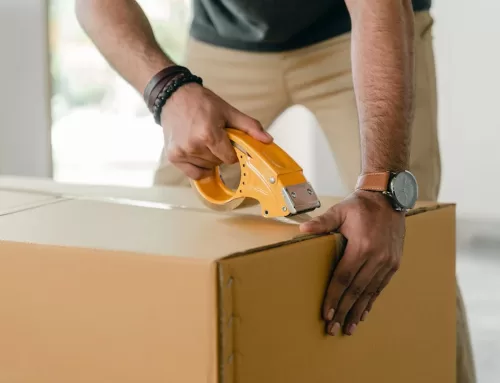


Leave A Comment
You must be logged in to post a comment.